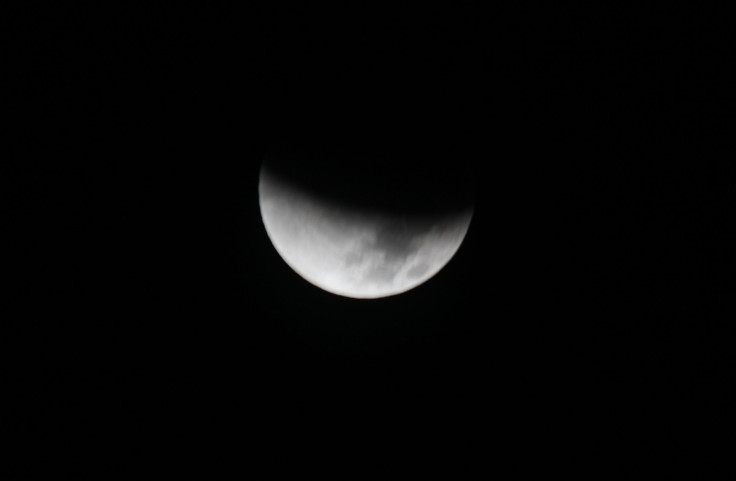Comet, Lunar Eclipse, Snow Moon Live Stream: Meaning And How To Watch Three Sky Events Online And In Person

February brought with it a triple threat of celestial events, with a comet, lunar eclipse and snow moon all visible in a single night. Friday evening is set to begin with a snow moon, the name given to February’s full moon, so-called because the heaviest snow typically falls in February.
The moon is also known as a hunger moon because it was traditionally hard for hunters to find food in the barren winter, or a bone moon, as people resorted to sucking on bones for sustenance. Other Native American tribes called it the shoulder around the fire moon, or the no snow in the trails moon. The full moon is expected to rise at 5:18 p.m. EST and set at 6:33 a.m. EST. Friday will be the only night in the month when the moon hangs in the sky for a full night.
The lunar eclipse will then begin at 7:44 p.m. EST when the moon begins to move behind Earth’s shadow. Known as a penumbral eclipse, the moon will fall behind the outer edges, or penumbra, of Earth’s shadow instead of directly in the center. The lunar eclipse will end at approximately 9:55 p.m. EST. The best views will be in eastern North America, Central America and South America.

Friday’s comet, known as the New Year comet, will reach its closest point to Earth and be most visible sometime very late Friday through the the early hours of Saturday morning. The chunk of rock, dust and ice is visible to the naked eye only once every five and a quarter years.
All of the events should be visible just by stepping outside, but if that’s not an option, live streams of the sky show can be watched below.
Live stream of snow moon and lunar eclipse: http://main.slooh.com/event/the-full-snow-moon-2/
Live stream of New Year comet: http://main.slooh.com/event/cruise-the-galaxy-with-comet-45p/
© Copyright IBTimes 2024. All rights reserved.





















